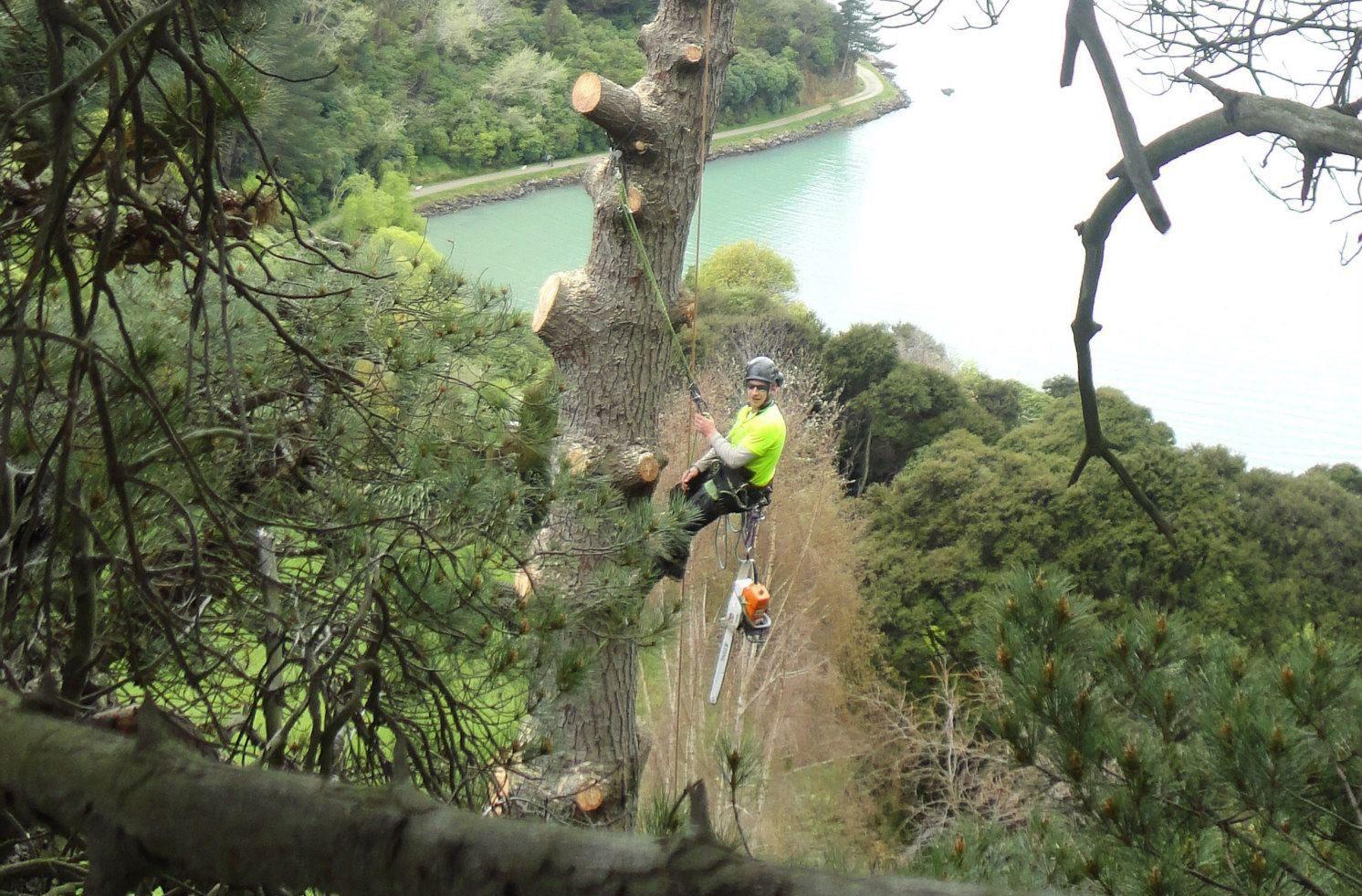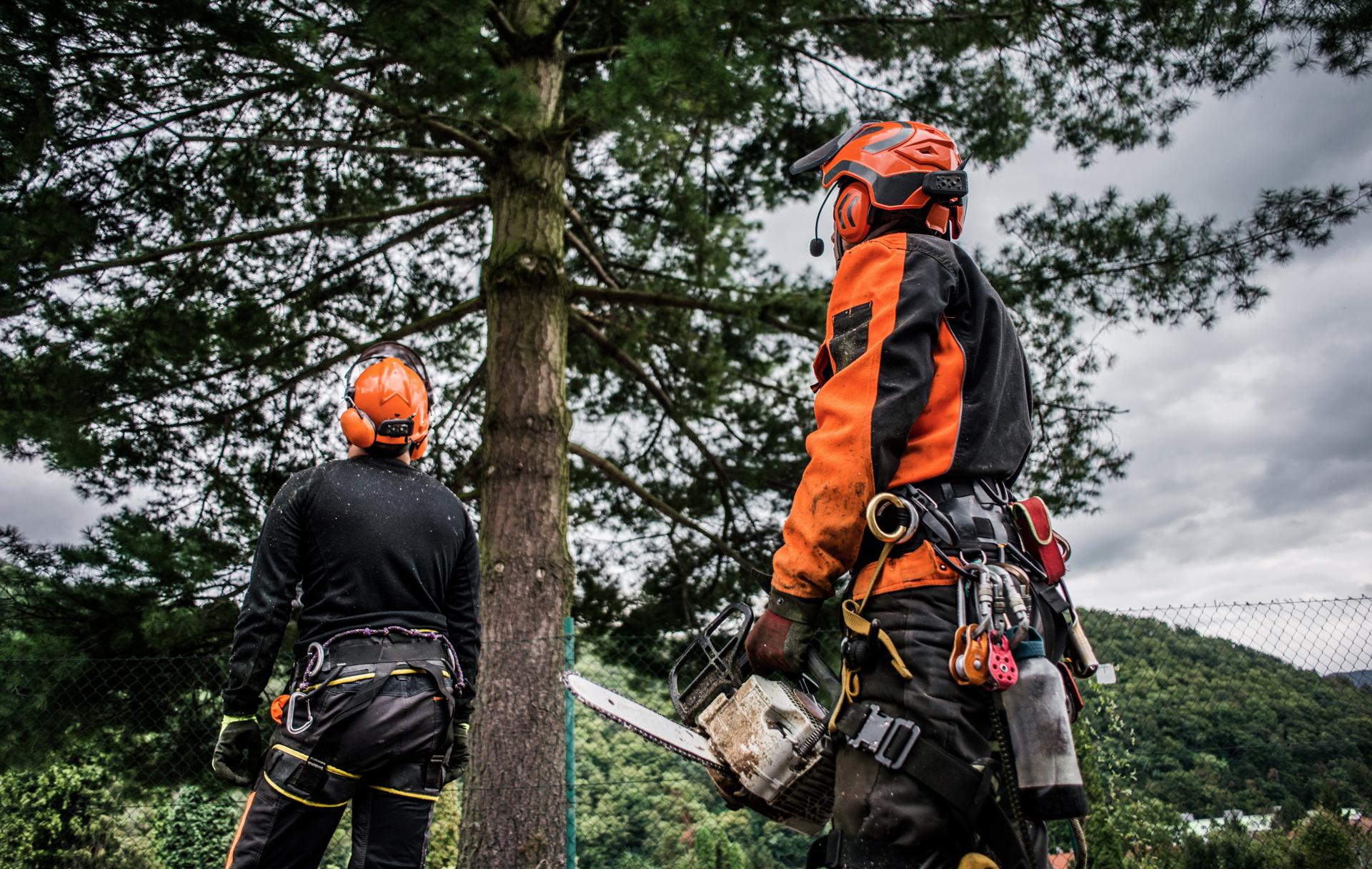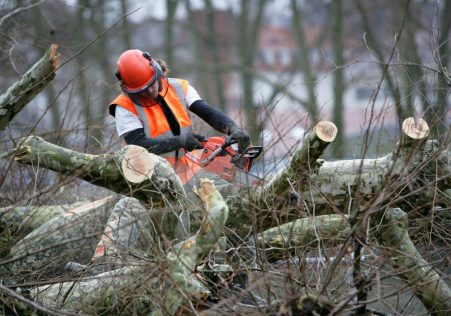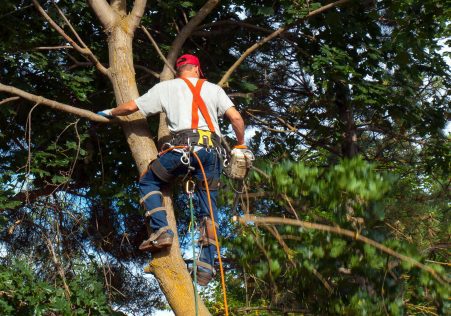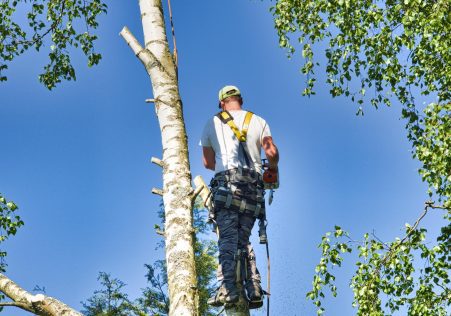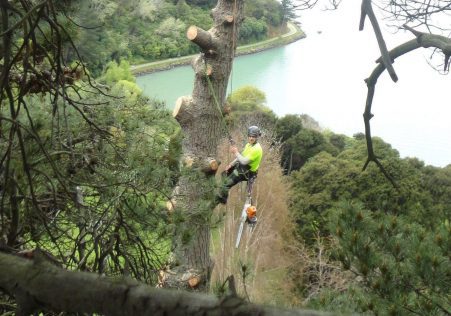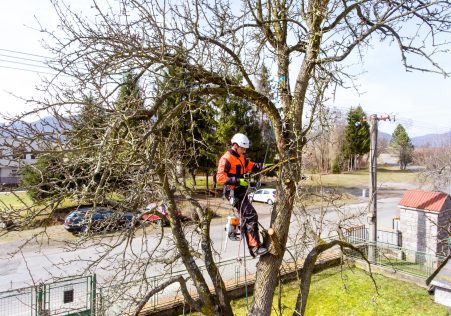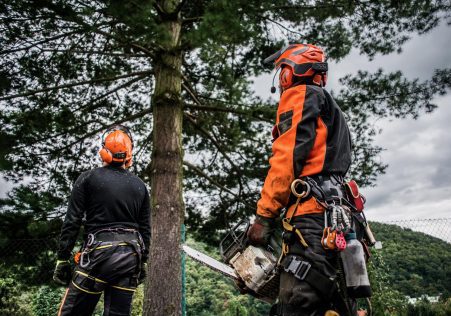What makes a tree protected and How Do I Find Out
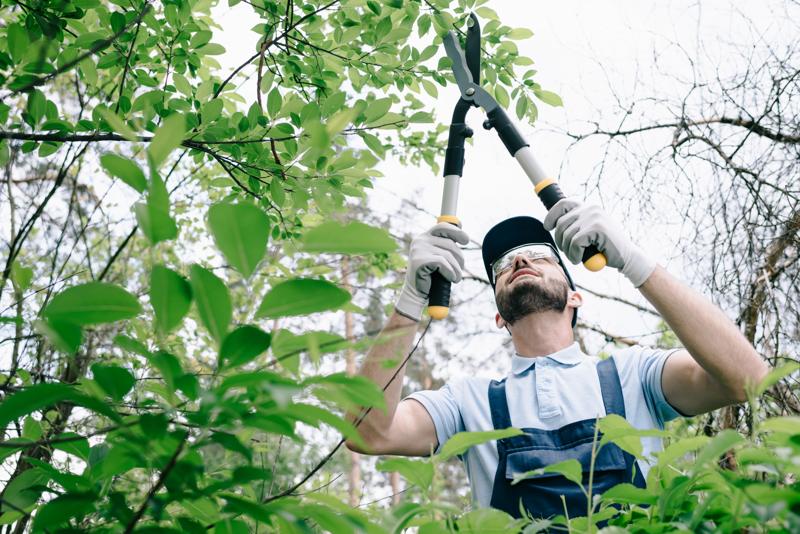
Trees play an essential contribution to our ecosystem, providing shade, clean air and aesthetic value to our surroundings. However, not all trees are equal and some carry extra protection status, which makes it illegal to do any work without permission. If you’re considering having a tree removed it is essential to know the status of protection for the tree you’re considering and the steps you have to take to ensure compliance with the legal requirements. This article we’ll walk you through the process of discovering whether a tree is safe and exactly what steps you need take to be sure you comply with the law.
What exactly is a tree that is protected?
A protected tree has been subjected to certain legal controls, and it’s illegal to do work on a protected tree without obtaining the necessary permissions. There are two kinds of protection that trees may have - statutory protection and preservation orders.
Statutory protection
In the context of the law trees are protected under laws and in the hands of Tree Preservation Orders (TPOs). TPOs are put in place by local authorities to protect trees of significant public value and ensure they are not destroyed or damaged.
Preservation orders
Preservation orders are similar to TPOs but are issued by the Secretary of State for the Environment. Trees with preservation orders are considered to have exceptional value and are protected from any work, including the felling.
How do I know when a tree is in danger?
To determine if the tree is protected, you will need to check if it is under the protection of a TPO or preservation orders. This can be done by contacting the municipal authority, and asking them to check for records.
TPO search
To find a TPO to locate one, contact the Tree and Woodland officer at the local authority. They will be able to tell you if the tree is protected. They will also be able to advise you about the next steps to do if your tree is protected.
Preservation order search
To search for a preservation order you will need to contact secretary of state for Environment. They will tell you whether the tree is protected and will provide the necessary information and guidance.
FAQs:
What happens if I conduct work on a tree that is protected without permission?
If you work on a tree that is protected without the proper authorizations, you could be subject to massive fines or even prison.
Can I contest to a TPO or preservation order?
Yes, you are able to appeal an appeal of a TPO or preservation or TPO if you believe it is unjustified. You will have to provide evidence to support your argument and demonstrate that the TPO or order to preserve isn’t necessary.
Can I remove a protected tree?
It is against the law to remove a protected tree without obtaining the required permissions. If you need removal of the tree it is necessary to request permission and submit evidence to support your case.
Conclusion
To conclude, knowing if the tree is protected is a vital step in ensuring that any tree work is carried out legally. Understanding the different kinds of protection and the best way to determine if they are protected it is possible to be sure that you’re in compliance with the law and protecting the trees in your care. If you’re unsure of the nature of the protection of trees, we suggest consulting an experienced tree expert like The Hills Tree Removal. Our team of experienced arborists will be able to inform you on the protection status of your trees and walk you through the steps to ensure that you are following the legal guidelines. With our experience and dedication to provide high-quality tree services, we can help you preserve the beauty and worth that your trees have. Contact us today by calling 0480 024 203 to schedule a consultation and let us help you ensure that your trees are protected and healthy.

